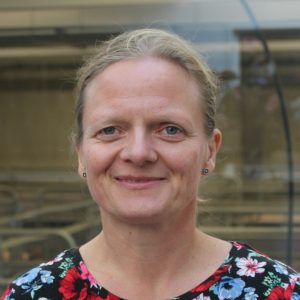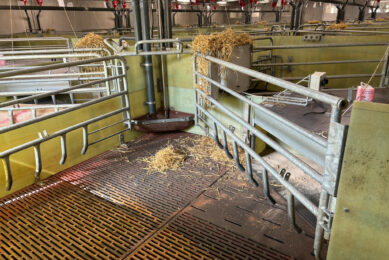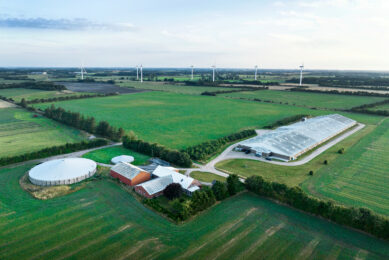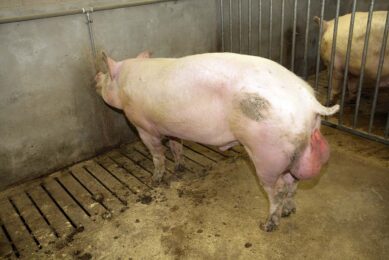The long road toward loose housing of lactating sows
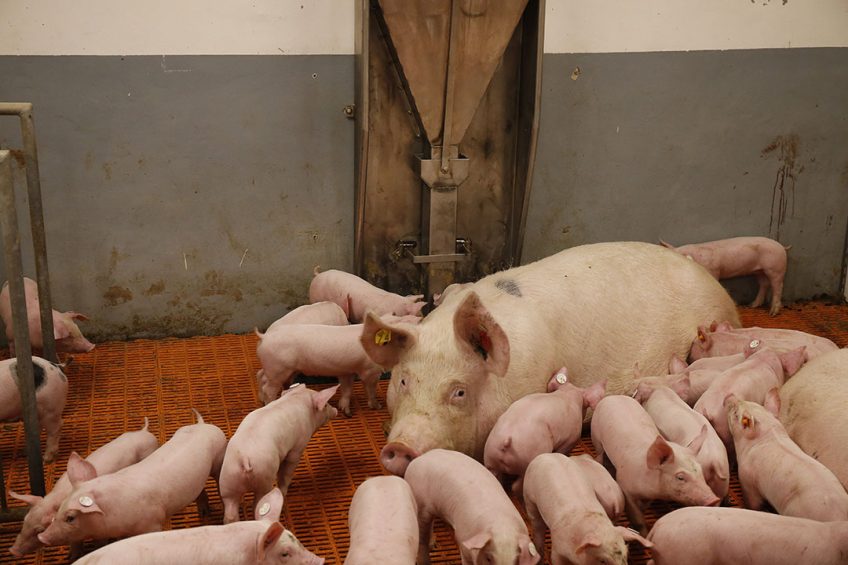
Achieving a system for lactating sows without confinement, while guaranteeing the lives of all piglet. This has been the holy grail for pig housing and welfare researcher Dr Vivi Aarestrup Moustsen. She reflects on the long road – and where to go next – as even major swine producer Germany is now moving to give lactating sows more liberty.
Why keep working for loose housing of lactating sows? Because it is worth it! It will lead to higher welfare – but it must not be at the expense of piglet survival. That is why we need to continue to carry out research how to improve pen design and management – and to do this in collaboration between universities, industry, farmers and their employees – and across borders.
Piglet survival and welfare of sows
I’ve worked with loose housing of lactating sows for some years – some might even say many years, which probably is true too – it has been many years. During all this time, we have focused on competitiveness, improved piglet survival, and welfare of sows, their piglets and the caretakers in loose housing systems for lactating sows.
Compare it to driving a long distance in the car with your children – the annual holiday for instance – when they keep asking: ‘Are we there yet?’, answered by ‘No’ – and their next question is: ‘How long is this going to take?’ , and the answer to that: ‘Well, it depends on the traffic, road conditions, need for breaks etc., but we will get there’. And you know it is worth it to keep driving, because when you get there, all will be pleased we made the journey. Does it sound familiar?
Crossing the Atlantic for loose sows
It can be compared with the farrowing pens for loose sows. We are making progress, we are learning, and we will get there. However, this is the first time we are ‘crossing the Atlantic’, so it is hard to estimate how much time it will actually take or how difficult it will be, and it will certainly depend on both the equipment and the staff, and not in the least on the circumstances and conditions.
When I started research in ‘loose housing of lactating sows, it was ‘dream on’. It might be a system for a few weird pig producers, but most people in the industry agreed that it would be a very long time if ever a system to be used mainstream. It was implemented in Sweden, Norway and Switzerland but none of the major pig producing countries had made similar decisions. Until lately, when Germany decided to rule out farrowing crates.
Were it the pens, the sows or the management?
In the early work we did, the sows were loose from placement in the pen until weaning with no option to confine. The pens were based on design criteria for sows, piglets and staff in collaboration with Aarhus University, the Animal Welfare Society and producers of pen equip-ment and flooring.
It was promising when introduced to commercial herds, however, in some litters, piglet mortality was high – and too high. Was that because of the pens, the sows or the management? It was within herds, so ‘same’ animals, same pens and same management.

This week it is time for the digital EuroTier in Germany – with clear innovations for loose sows during lactation
Risk of high neonatal mortality
But it was not possible to point out litters with a risk of high neonatal mortality. So what to do? It was decided to include in the pen design for the loose sows an option to confine the sows for the 1st few critical days when piglets are most vulnerable. That is why we moved from the Free Farrower to the SWAP-pen, where SWAP was short for Sow Welfare And Piglet survival – or ‘it Starts With A Pen’. In a PhD-project by Janni Hales in collaboration with University of Copenhagen, we measured piglet survival, sow behaviour and saliva cortisol for a sample of sows.
Improved neonatal piglet survival
The research results showed improved neonatal piglet survival when confining the sows from day 114 of gestation until day 4 (CC-sows) compared to sows that that were either:
- loose during farrowing and then confined for 4 days (LC sows); or
- loose during farrowing and continued to be loose after (LL sows).
The study also showed that for the 1st few days post farrowing, the sows were lying lateral for more than 110 minutes out of observed 2 hour (120 minute) periods. Sows in LL had significantly higher saliva cortisol than LC-sows on days -1, 1, and 2 the LL-sows also had significantly higher saliva cortisol levels than CC-sows from the day before farrowing to day 3 after farrowing. Sows in LC had significant higher cortisol levels compared to CC sows on day 0 (farrowing) and day 1.
Continuous focus on high welfare
The results lead to continuous focus on high welfare which includes high neonatal piglet survival, space to move, enrichment – but also accepting the option to confine as a needed and important part of the pen design.
The option to confine is one example, where we learned and made significant progress and that brought us closer to our ‘destination’ – making loose housing of lactating sows an option for the mainstream pork producers. Another important decision for research and for pig pro-ducers is the size and dimensions of the pens. Pen size alone does not ensure better welfare. It will also depend on the quality and available resources which hopefully will be the in focus in upcoming projects.
Worth it for sows, pigs and owners
The research results from Denmark and other countries and the engagement by the 1st movers amongst the pig producers are ensuring that we are getting closer to our destination – and it will be worth it for sows, pigs, employees and owners.


